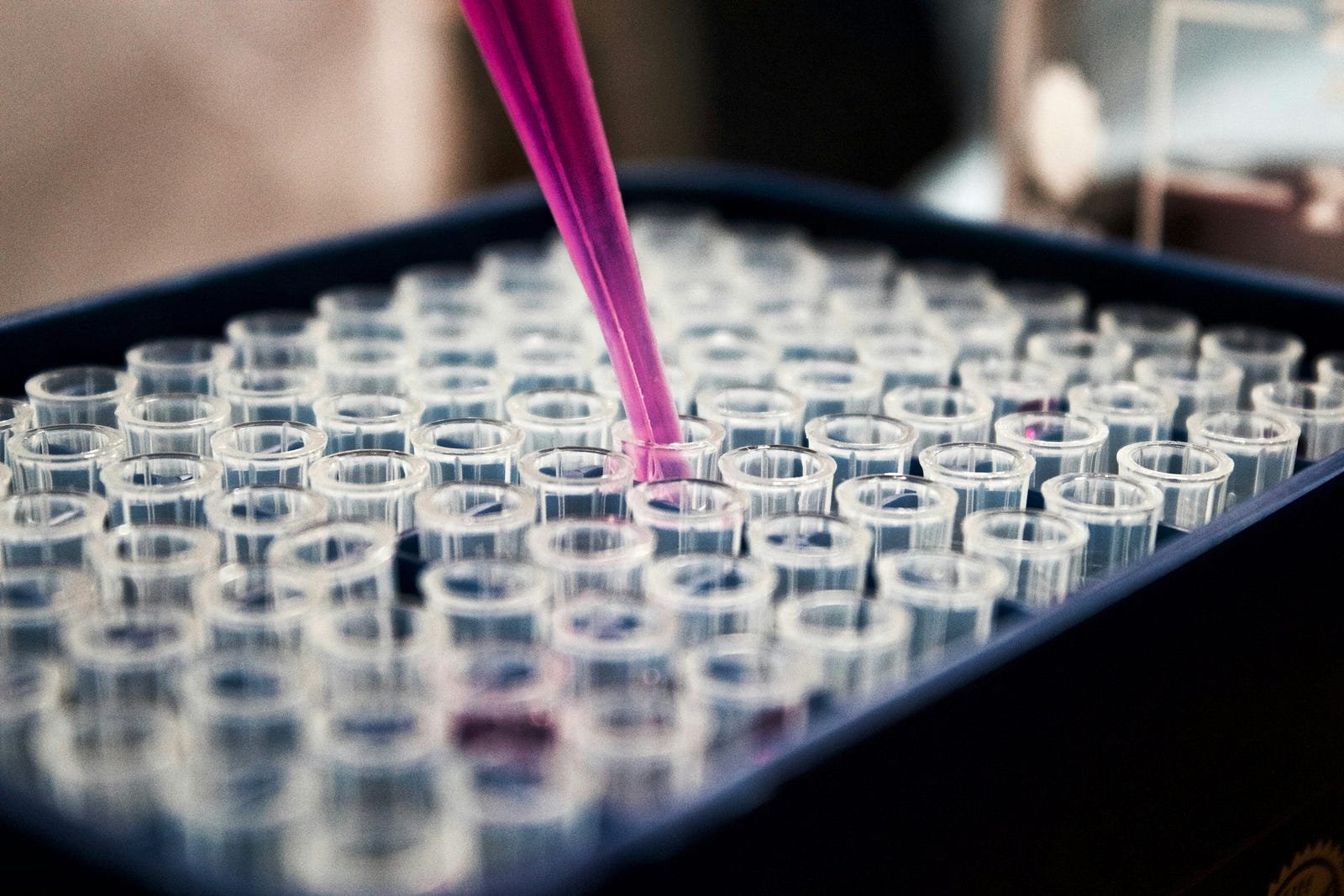Biophysics, the interdisciplinary science at the intersection of biology and physics, plays an instrumental role in unraveling the mysteries of life at a molecular and systemic level. From imaging technologies to targeted drug delivery, The Role of Biophysics in Medical Advancements has expanded exponentially over the last few decades, driving innovations that transform healthcare practices globally. This article explores the significance, methodologies, and breakthroughs of biophysics in medicine, emphasizing its pivotal contributions to medical advancements and how it shapes the future of patient care.
Understanding Biophysics: Bridging the Gap
Biophysics applies principles of physics to biological systems, utilizing mathematical models and computational tools to explore life processes. By investigating cellular mechanics, protein folding, and molecular interactions, biophysics enables researchers to comprehend complex biological systems more effectively.
This understanding paves the way for technological innovation, influencing diagnostics, treatment strategies, and the development of medical devices. At its core, The Role of Biophysics lies in its ability to bridge biology and physics, delivering profound insights into human health.

Key Contributions of Biophysics to Medical Advancements
1. Medical Imaging Technologies
The development of cutting-edge imaging technologies is one of the most prominent examples of The Role of Biophysics in Medical Advancements. Techniques such as:
- Magnetic Resonance Imaging (MRI): Based on nuclear magnetic resonance, MRI provides non-invasive and highly detailed imaging of internal organs and tissues.
- Positron Emission Tomography (PET): PET scans visualize metabolic processes, aiding in cancer diagnosis and monitoring.
- Ultrasound and X-ray Technologies: These advancements enable early detection and precise treatment planning for various conditions.
Biophysics principles underpin these tools, optimizing their accuracy and safety for patients.
2. Drug Design and Targeted Therapy
Biophysics has revolutionized pharmacology by enabling the design of highly targeted drugs. Techniques like molecular docking and computational simulations predict drug interactions with specific proteins or enzymes, improving efficacy while minimizing side effects.
For example:
- Cancer Treatments: Targeted therapies, such as monoclonal antibodies, attack cancer cells while sparing healthy tissues.
- Neurological Disorders: Biophysics aids in developing medications that cross the blood-brain barrier, a historically challenging obstacle.
These advancements exemplify how biophysics is central to modern pharmacological research.
3. Understanding Disease Mechanisms
Biophysics deciphers disease mechanisms at the molecular level, shedding light on conditions like Alzheimer’s, Parkinson’s, and cardiovascular diseases. By studying protein misfolding, membrane dynamics, and cellular signaling, researchers can identify biomarkers and develop early diagnostic tools.
- Protein Folding Disorders: Misfolded proteins often lead to degenerative diseases. Biophysics reveals the structural changes causing such issues.
- Genetic Research: Biophysical techniques like CRISPR enable precise gene editing to combat hereditary conditions.
4. Advancements in Prosthetics and Medical Devices
Biophysics has significantly contributed to the development of prosthetics and medical devices, enhancing patient quality of life. Key innovations include:
- Artificial Organs: Devices like artificial hearts and dialysis machines replicate biological functions.
- Biomechanics: Understanding joint dynamics and tissue mechanics allows for creating realistic and functional prosthetics.
- Wearable Health Tech: Biophysics drives innovations in devices that monitor heart rate, blood pressure, and glucose levels in real-time.
5. Nanotechnology in Medicine
Nanotechnology, heavily reliant on biophysical principles, has emerged as a game-changer in healthcare. Applications include:
- Drug Delivery Systems: Nanocarriers transport medications directly to target cells, reducing side effects.
- Diagnostics: Nanosensors detect diseases at their earliest stages.
- Cancer Treatments: Nanoparticles deliver chemotherapy drugs precisely to tumor cells.
The synergy between nanotechnology and biophysics exemplifies the potential of interdisciplinary approaches in achieving medical breakthroughs.
Real-World Applications: Case Studies
Case Study 1: Imaging Brain Disorders
Researchers at leading institutions have utilized biophysics to map neural activity and understand brain disorders. Technologies like functional MRI (fMRI) reveal connections between neural pathways and conditions like epilepsy, depression, and schizophrenia, enabling precise interventions.
Case Study 2: Fighting Infectious Diseases
During the COVID-19 pandemic, biophysics played a vital role in vaccine development. Structural biology, a subfield of biophysics, was instrumental in decoding the SARS-CoV-2 spike protein, leading to mRNA-based vaccines.
The Role of Biophysics in Future Medical Advancements
The future of biophysics in medicine promises even greater breakthroughs. Key areas of focus include:
- Personalized Medicine: Tailoring treatments based on individual genetic profiles.
- Regenerative Medicine: Using biophysics to understand stem cell behavior and tissue engineering.
- Artificial Intelligence (AI): Integrating AI with biophysics to predict disease patterns and optimize therapies.
As technology continues to evolve, The Role of Biophysics in Medical Advancements will undoubtedly expand, offering unprecedented possibilities in healthcare.
Challenges and Ethical Considerations
While biophysics holds immense potential, its integration into medicine comes with challenges:
- High Costs: Advanced technologies are often expensive, limiting access in low-resource settings.
- Ethical Concerns: Gene editing and nanotechnology raise ethical questions regarding safety and misuse.
- Complexity: Interpreting biophysical data requires expertise, posing a barrier to widespread adoption.
Addressing these challenges will be crucial to ensuring that biophysics benefits all of humanity.
Biophysics is reshaping the landscape of modern medicine, offering solutions to some of the most pressing healthcare challenges. From advanced imaging techniques to personalized treatments, The Role of Biophysics in Medical Advancements is both profound and transformative.
As researchers continue to push the boundaries of this interdisciplinary science, the potential for improving human health is limitless. By bridging biology and physics, biophysics not only enhances our understanding of life but also empowers us to tackle diseases with precision and innovation.
In the coming decades, the integration of biophysics into healthcare systems will play a vital role in ensuring that medical advancements reach their full potential, fostering a healthier and more equitable future for all.














